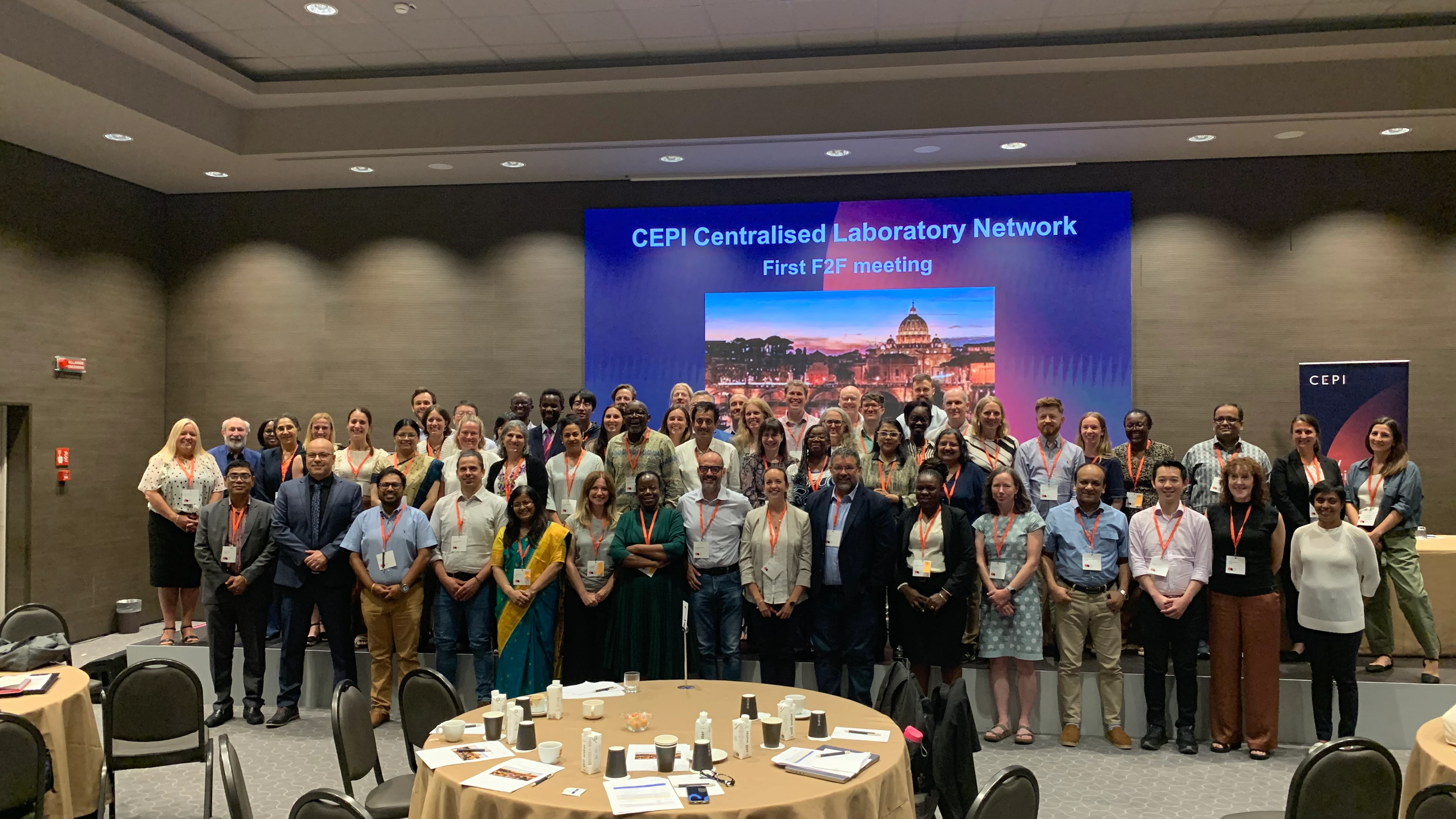
Amid the rapid global escalation of COVID-19 cases in 2020, scientists and vaccine regulators were faced with a problem. While hundreds of promising COVID-19 vaccine candidates to combat this new deadly virus were under development, they were being made using different techniques in separate laboratories, meaning that their performance could not be easily compared.
“For some COVID-19 vaccine candidates, different types of immune biomarkers, like antibodies and T-cells — crucial when evaluating the efficacy of a vaccine – were being used to measure vaccine performance” says Dr Valentina Bernasconi, Head of Laboratory Science at CEPI.
“There were also technical differences in how and where clinical trial samples were collected, transported, and stored, impacting the quality and usefulness of the data produced and making selection of the most effective vaccine candidates difficult”.
CEPI’s Centralised Lab Network opened in October 2020 to combat these challenges. At first, ten laboratories, globally spread across Bangladesh, Canada, US, Italy, India, the Netherlands, Mexico, China and the UK joined the network dedicated to using the same reagents - substances used to carry out a scientific test - and protocols to standardise assessment of vaccine candidates.
All COVID-19 vaccine developers – both CEPI-funded and non-CEPI-funded – had access to the network to uniformly analyse their samples from their preclinical and clinical COVID19 vaccine testing free of charge. This helped to minimise variations in results and expedite the development and regulatory approval of these much-needed vaccines.
Since then, CEPI has expanded the scale and geographical footprint of this network to become the largest global group using the same methods and materials to centralise and accelerate the evaluation of epidemic and pandemic vaccines. Laboratories in the network now cover Africa, Asia, Australia, Europe and North America.